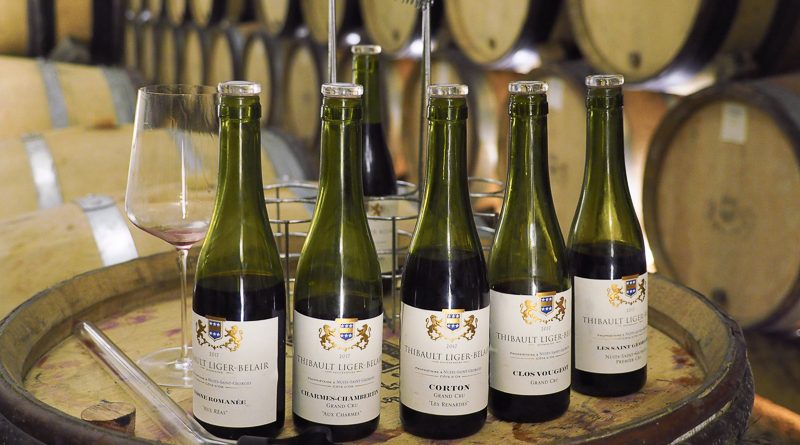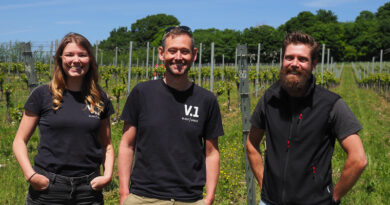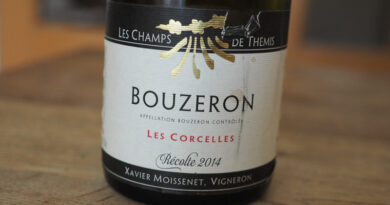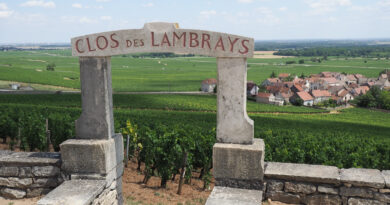Thibault Liger-Belair, a new classic Burgundy domaine
Visiting Thibault Liger-Belair’s green winery to taste his sought-after wines
Thibault took over the 8 hectare Liger-Belair vineyard in 2001, and immediately switched farming to organics, and also set up a négociant business. His story is an interesting one, because although his family are from Burgundy and owned vineyards, he didn’t inherit a working domaine.
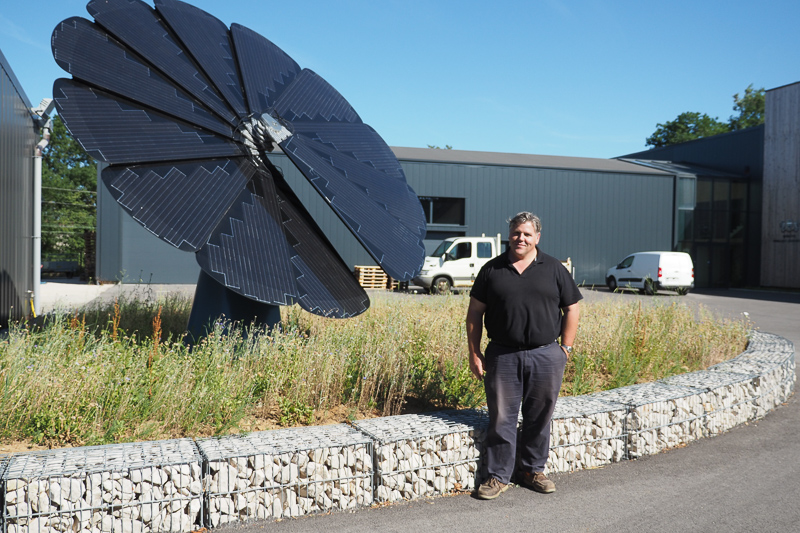
‘My father never worked in the wine business,’ he says. The Liger-Belair family had been merchants, and their vineyards were in metayage, being worked by three wine growers. ‘In the 1970s it was hard to sell Burgundy wine,’ says Thibault, ‘so my father decided to study finance in Paris.’ Thibault grew up in the capital but on weekends he’d frequently return to Nuits Saint Georges and cross the garden to see an old friend of his father who was a wine grower. ‘I began to be interested in the vine,’ he says. ‘When I was 16 I told my father this is what I wanted to do.’ So Thibault studied in Beaune then worked for Ficofi from 1997-99, and then Marc Perrin. With a friend he created one of the early wine websites wineandco, which they sold to LVMH. And then he created the Thibault Liger-Belair domaine with the best vineyards from his family.
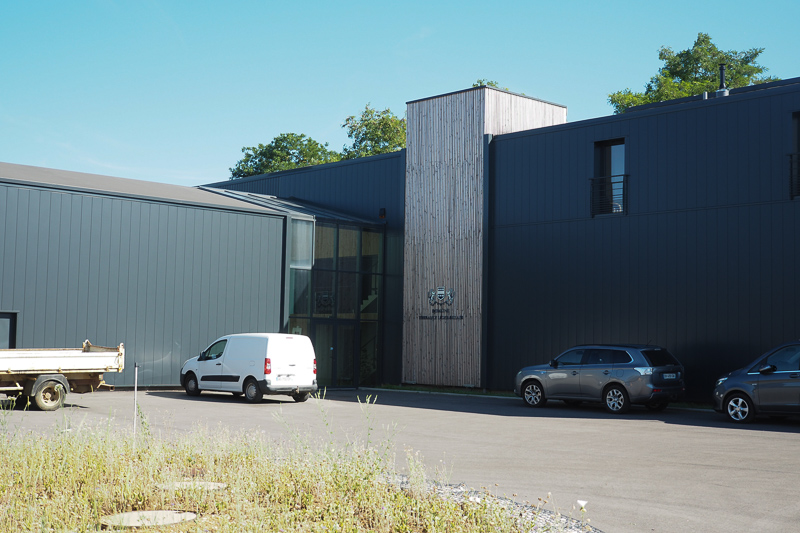
The vineyards were in a bad condition, with compacted soils. ‘I couldn’t do anything else other than organic farming,’ he says. In 2004 he discovered biodynamic farming. ‘I saw a change in my vineyard, which went from grey soils to brown/red and then sometimes to black.’ He became certified organic in 2005, and began applying biodynamics to all the vines. Thibault hasn’t certified biodynamic because he says the certifying bodies can be a bit dogmatic. And he isn’t fully biodynamic: in some years he doesn’t apply the 501 preparation. ‘In Beaujolais [he now has vines there too] it’s a mistake to use 501 because there’s a lot of granite and quartz.’
He has some interesting things to say about how farming affects the taste of the wine. ‘After 15 years [of biodynamics] I begin to find a bit less gourmandise in my wine. The wine becomes very straight, like a crystallization of the wine. I like roundness, softness and finesse in the wine,’ he says. ‘My idea is that each vineyard needs something different. I’m more comfortable about talking about the fine-tuning of each vineyard. I don’t like 100% of anything: new barrels, whole clusters. My job is to decide which grapes we have and then decide a viticulture and winemaking approach.’
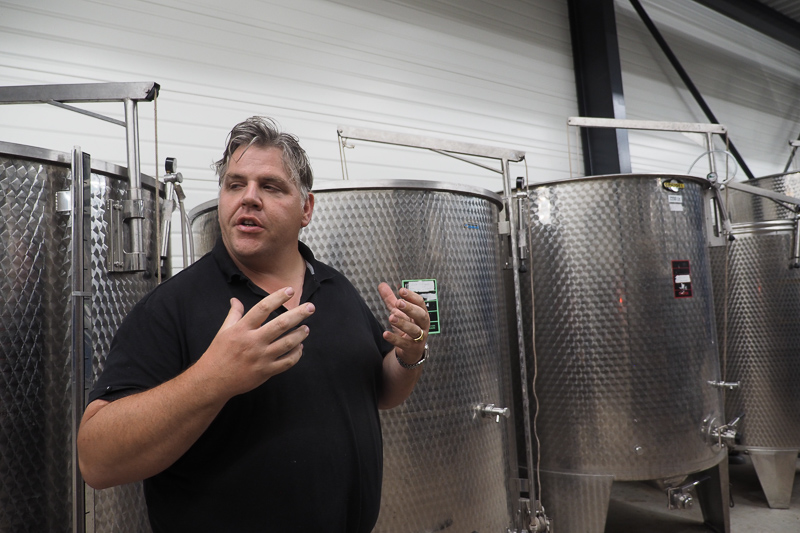
In 2018 Thibault made wine from 23 different appellations. As well as the 8 hectares of domaine vineyards, he also purchases grapes from a further 10, but does the work there. ‘We don’t purchase grapes where we don’t do the work.’
I visited with him in his brand new ‘green’ winery in Nuits Saint Georges. Most old Burgundy wineries make use of below-ground cellars to help control temperature, but this is a new building, built to be as sustainable as possible. It was opened in time for the 2017 vintage, but not quite finished. ‘2017 was like camping,’ says Thibault. ‘It was a nightmare.’
‘My first idea was not to use anything from outside,’ says Thibault. ‘I wanted to work with regional materials.’
The entire electricity supply of the winery is provided by a solar flower, which follows the path of the sun. ‘The building doesn’t have a large consumption of electricity,’ he says. He has six geothermal holes which, coupled with a water exchanger, gets water down to 12 C. 95% of the building is made from recycled material.
Wineries consume a lot of water. ‘When we work in harvest we use a lot of water,’ he explains, ‘so I decided to create a well, where we give water back in the same condition we took it out.’ Waste water is sedimented with bacteria and this cleans it up, and it’s then reused in the winery. ‘The idea is to be self-sufficient, and have zero waste.’
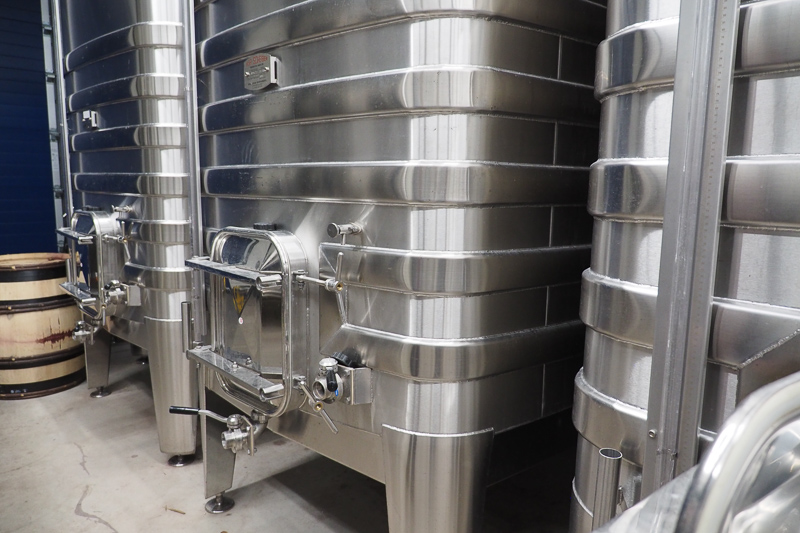
In the winery, he has specially designed tanks with rounded edges. Square edges result in the loss of 5-6 C, but they are more economic with space. The rounded edge keep this space advantage and offset the temperature loss at the edges.
In terms of barrels, he works with the Mercurey cooperage, and makes his own selection, specifying the toasting protocol. He likes trees grown on limestone soils, and separates the south and north sides of the tree.
Since 2014 he has made his own sulphites, using sulfur that is mined from Hungary, extracted by a steam process. ‘The problem with most of the sulfur used in the vineyards is that it is a product of petrochemical engineering,’ he says. ‘I wanted to find a natural product,’ so Thibault has his own combustion chamber where he burns the sulfur to make sulfur dioxide.
I asked him about dealing with demand for these wines. ‘Allocating wine is a real nightmare,’ he says. ‘It’s a good problem, but it’s not an easy problem to solve.’ I also asked what vignerons in Bourgogne talk about. ‘We talk about the price of vineyards. We talk about global warming. We talk about whether Pinot Noir will be the only variety in the future, and also old varieties and selection of rootstock.’
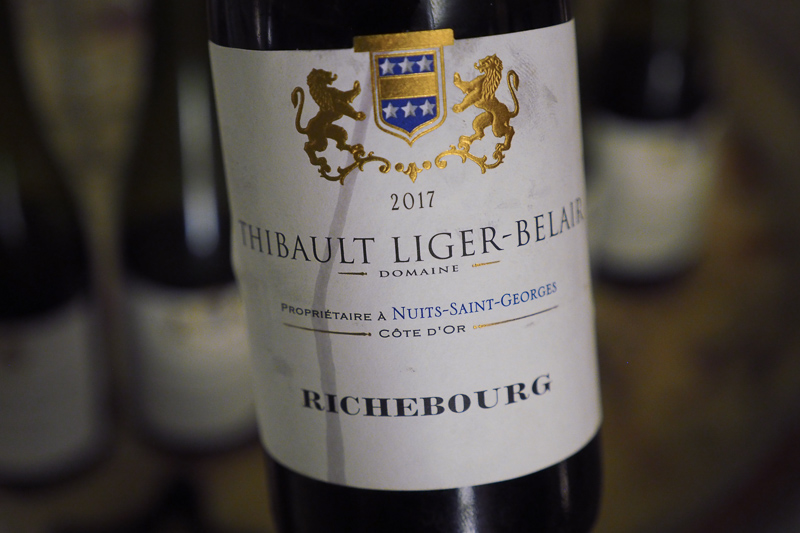
Thibault is trying to build a conservatoire of old Burgundy varieties, and also keep a massale selection of old rootstock. ‘The vines planted in the last 30 years have lots of trunk disease,’ he says.
‘Now Burgundy is using fewer chemical products and more organic farming,’ he says. ‘We are asking lots of questions about ploughing and managing vineyards. We have to conserve the water in the soil. Maybe we have to keep more grass without competing with the vine. Maybe we should do less ploughing and manage the grass differently.’ He says that during budbreak and flowering they need to avoid competition.
‘The challenge of the next 20 years in Burgundy is being focused on the freshness of the wines,’ says Thibault.
2018s from barrel
Thibault Liger-Belair Bourgogne Le Grand Chaillot 2018
This was first made in 2003, and its from the other side of the road from Nuits Saint Georges. 20% whole cluster (the best grapes are selected first in the vineyard and are used as whole bunches), vinified for a month with no punching down (Thibault has a special fork for ploughing the cap). Vibrant black cherries, plums and spice with nice density to the bold black fruits. Bourgogne with body: this has some structure. 91-93
Thibault Liger-Belair Hautes Côtes de Nuits La Roche 2018
This is a nice hill with lots of limestone, and chaille (flint with limestone). It’s at 420 m. Fresh and vivid with nice grip, and dense, sleek black cherry and blackberry fruit with some structure. Grainy and detailed with nice sweet fruit. 92-94/100
Thibault Liger-Belair Hautes Côtes de Nuits ‘Corvee de Villy’ 2018
This is from very rocky soils, caused by the last sedimentation of the Côte. There’s just 30 cm of soil here. It was bought in 2004, but planted in 1982. Dense, lively and grippy with a hint of sparkle and rusticity. 91-93/100
Thibault Liger-Belair Hautes Côtes de Nuits Clos de Prieure 2018
This is an interesting parcel with a 40% slope to the south and white marl soils (like a young clay). Sweet and lush with nice black cherries with a sweet texture and some warmth, as well as hints of reduction. Nice grip, warm finish. 91-93/100
Thibault Liger-Belair Chambolle Musigny Vieilles Vignes 2018
40% whole cluster, 40% new oak, vines planted 1945-62. Some reduction on the meaty nose which shows spicy black fruits. Very stylish and dense. Ripe but focused. 91-93/100
Thibault Liger-Belair Nuits Saint Georges La Charmotte 2018
50 cm of clay/limestone and then rocks. 45% whole cluster. Lovely sweet vivid black fruits with nice texture and structure. Many layers of flavour here with nice structure. Expanding finish. 94-96/100
Thibault Liger-Belair Nuits Saint Georges Belle Croix 2018
Just below Pruliers. Clay/silt soils with not so much limestone. Rich, sweet and very lush with bold black fruits. Some green hints. 91-93/100
Thibault Liger-Belair Liger-Belair Gevrey Chambertin Les Croix des Champs 2018
On the plains side of Gevrey with lots of clay and silt, and some limestone. 55% whole cluster (layers mixed with destemmed berries). Perfumed, floral, ripe and lush on the nose. Very sweetly fruited and has good concentration. Sleek and textured but with some weight. Nice green hint. 93-95/100
Then some 2017s
Thibault Liger-Belair Vosné-Romanee Aux Réas 2017
Lots of limestone here: it’s the meeting point of combes, and is south facing. No whole bunch. Tight and expressive, fine grained, has detail and nice structure and purity. 94/100
Thibault Liger-Belair Charmes Chambertin ‘Aux Charmes’ 2017
70% whole cluster: Thibault removes the main trunk of the stem using scissors. Floral and expressive with hints of green. Supple, fresh and fine. Expressive with some structure. Ripe and sleek with fine fruit, but the stems have given some length and freshness. 93-95/100
Thibault Liger-Belair Clos Vougeot 2017
This parcel, from the western boundary of this large Grand Cru, has lots of limestone, with deep black and red clay soil, and then the last 20% is on silt and white mark. ‘Each soil brings something interesting,’ says Thibault. Taut, structured and grainy with nice density. Has lovely grip and focus. Very expressive with firm tannins. Lots of potential. 93-95/100
Thibault Liger-Belair Nuits Saint George 1er Cru Les Saint Georges 2017
This is a 2 ha parcel that was classified as a Grand Cru in the past. Compact, taut character. Dense, spicy with nice grip to the focused black cherry and blackberry fruit. Grainy and long with good depth. 94-96/100
Thibault Liger-Belair Richebourg 2017
100% new oak. Oldest parcel of the vineyard, planted in 1931. ‘It’s an impossible terroir to understand,’ says Thibault, ‘so I gave up trying to understand it.’ It is elegant and powerful at the same time. 30% whole cluster. This is taut and backwards with dense cherry and plum fruit. Taut and unfurled with massive tannic structure. Nice grip and focus. 95-97/100
Find these wines with wine-searcher.com

